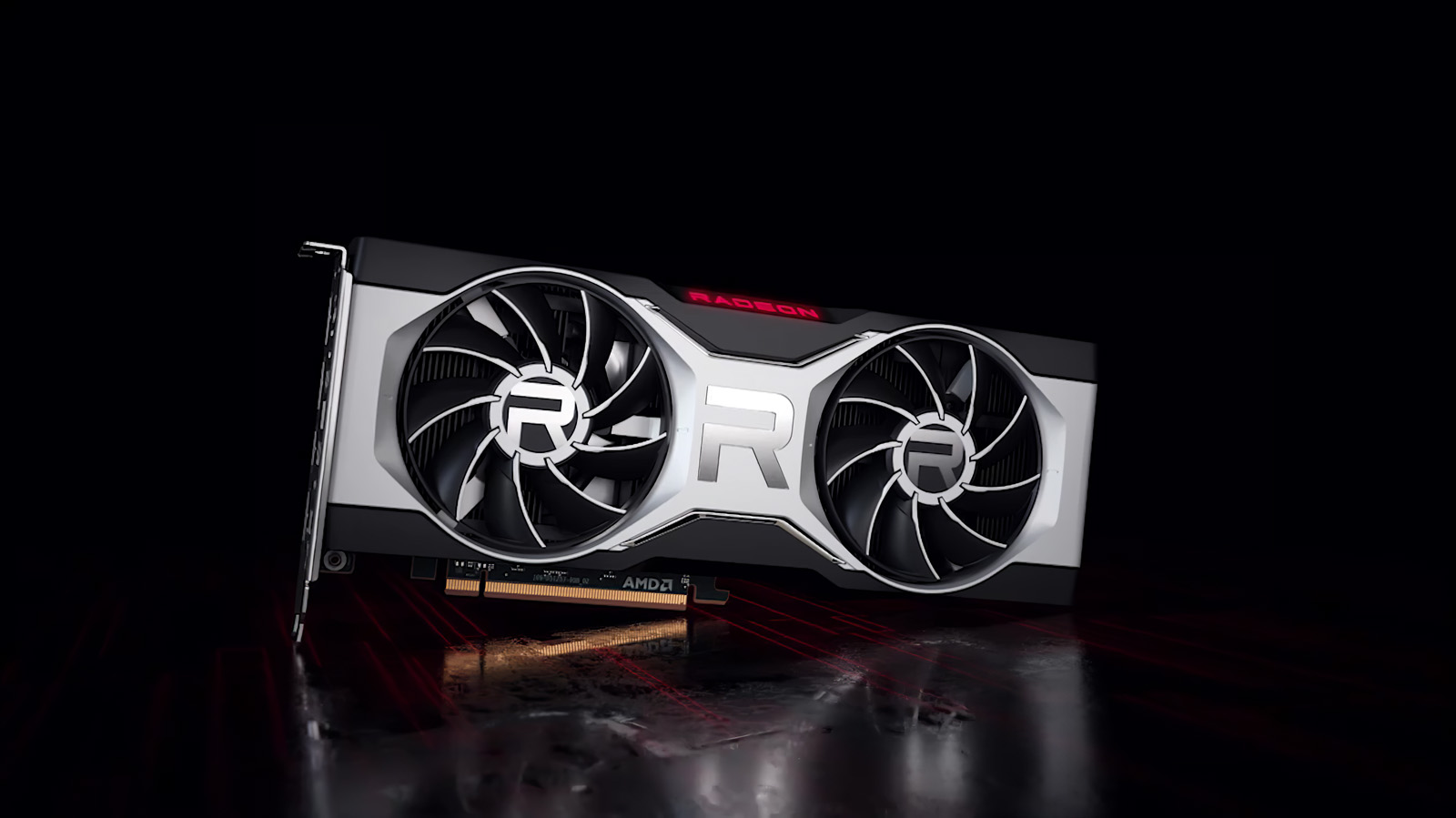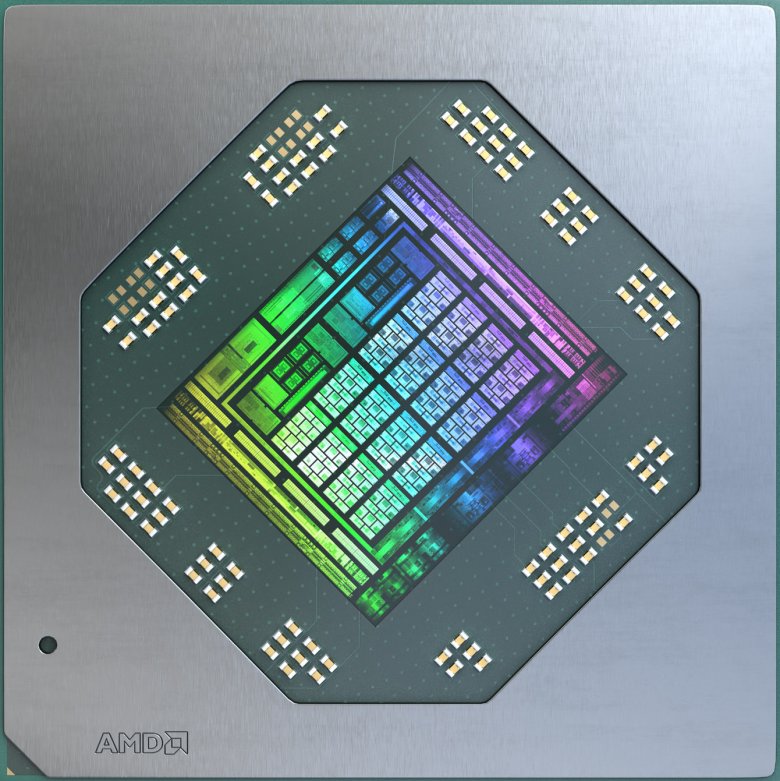At the end of next year, the Radeon RX 7000, built on the RDNA 3 and 5nm TSMC process architecture, is expected to be released. The largest GPU Navi 31 will consist of two computing chipsets (and a data link) with a total of 15360 stream processors. Expected performance: up to ~ 2.5-2.7 × Radeon RX 6900 XT. Medium GPU Navi 32 it will also use chiplets (with data connection), but will offer a maximum of 10240 stream processors. The smallest GPU Navi 33 will be monolithic, compared to the previous ones will be created on a cheaper 6nm production process and with 5120 stream-processors it should bring performance similar or according to some sources slightly higher than Radeon RX 6900 XT.
Everyone can have an opinion about the Radeon RX 6900 XT, but probably no one judges it as a low-end, and it probably won’t change much in a year. If we look at the Radeon RX 6900 XT as an illustration of where the smallest GPU of the RDNA 3 architecture is aimed, ie Navi 33, the question itself arises: How will AMD actually deal with lower price relations?
Earlier, some leaks indicated that the existing Radeons would continue in some form on the market, and the innovations would function more as a more powerful addition to them. Then one of the sources mentioned that maybe the GPU Navi 34 could be created, but the others don’t know anything about it. Leaker greymon55, however, claims that 6nm refreshe of the existing 7nm RDNA 2 chips will go to lower performance bars.
7nm Navi 23 (RDNA 2)
It makes and doesn’t make sense. The 6nm process is cheaper than 5nm and at the same time has slightly better parameters than 7nm. Current 7nm Navi 22 should quite possibly have a much worse power / performance ratio than 6nm Navi 33, so deploying a 6nm process makes sense.
What no longer makes sense is the production of chips on a new process, but using a generation of older architecture. The 6nm process cannot be used as a simple shrinkage of the 7nm design. Current 7nm GPUs use immersion lithography, 6nm builds on EUV. So a more fundamental intervention in the design is needed. In that case, wouldn’t it make sense to use RDNA 3 building blocks straight away instead of modifying the old architecture? Admittedly, we do not know some key information and the answer is real born. Perhaps the reason is the intention to come up with a 6nm reflection a little before RDNA 3 arrives. than that of the consoles). Who knows.
| RX 5000 | RX 6000 | RX 7000 | RX 8000 | |
|---|---|---|---|---|
| architecture | RDNA 1 | RDNA 2 | RDNA 3 | RDNA 4 |
| Enthusiast | Navi 21 5120 SP |
Navi 31 15360 SP |
Navi 41 | |
| High-end | Navi 10 2304 SP |
Navi 22 2560 SP |
Navi 32 10240 SP |
Navi 42 |
| Midrange | -//- | Navi 23 2048 SP |
Navi 33 5120 SP |
Navi 43 |
| Mainstream | Navi 14 1536 SP |
Navi 24 |
Navi 23 6nm 2048 SP |
Navi 44 |
| Low-end | -//- | Navi 24 6nm 1024 SP |
So for now, it seems, to say the least Navi 22 (2560 stream-processors) a Navi 23 (2048 stream-processors) will switch to a 6nm process next year. Navi 21 about 6nm silicon does not get, the editor of the VideoCardz website notes that with the same 5120 stream-processors as the new RDNA 3 will have Navi 33, it wouldn’t make much sense. 7nm Navi 21 probably after the release of 6nm Navi 33 will end. The Navi 34 would probably drop out and the next “four” chip would not arrive until the RDNA 4 generation sometime in 2024.
–



